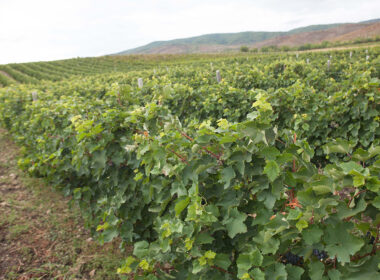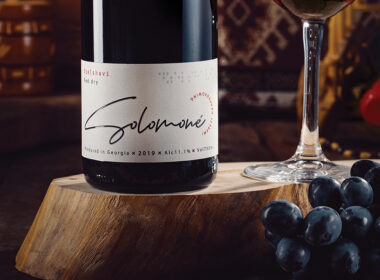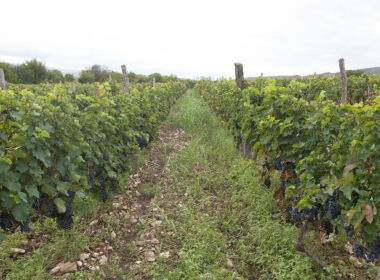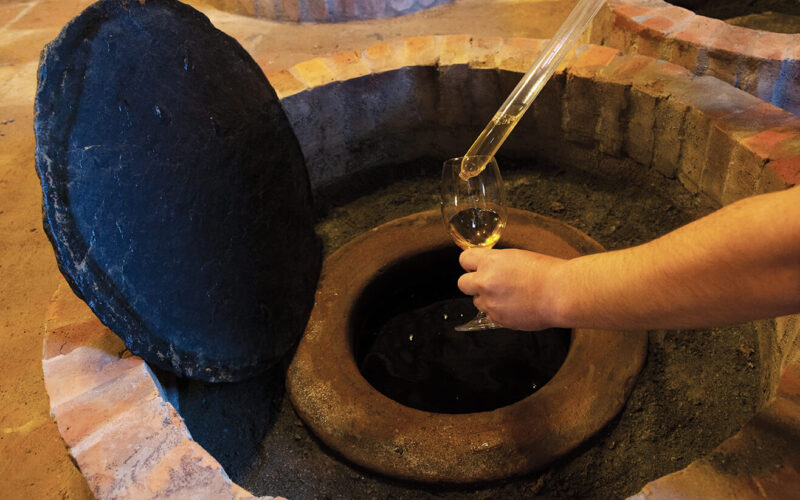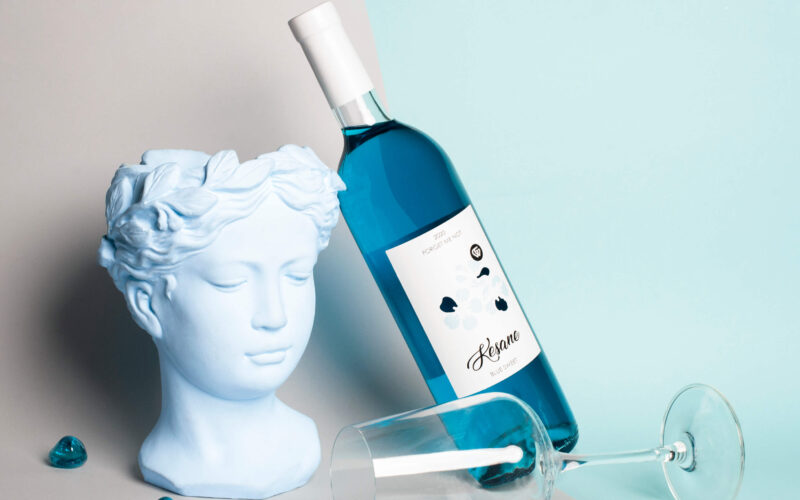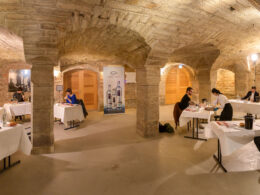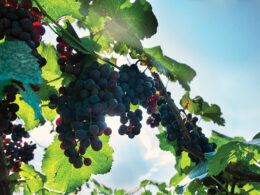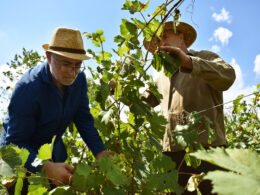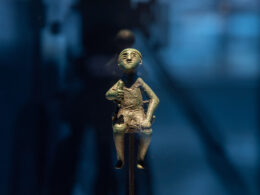In the previous issue of our magazine, we told you about this winery and as promised in this issue we will introduce you to the wines of Kardanakhi Estate. After the technological re-equipment of the cellar built more than a century ago, the cellar came out to the wine market for the first time this year, after holding two vintages. Although the wines produced under this brand were not known to the consumers until now, the Kardanakhi Estate still managed to be likened by many enthusiasts. The products of this winery are already presented in several restaurants and up to twenty wine shops in Georgia and the positive feedback received at the Vinoexpo in the USA last month opened the possibility for the Kardanakhi Estate to export wine to the American market.
The formula for the rapid success of winemaking is not just the quality of the wine, as the company’s partners claim. According to them, the main thing is the objective evaluation of their own wine, in which, in addition to the quality of the wine, its price adequacy and packaging are considered – the formula according to which the wine is evaluated in recognized international wine competitions. It is the combination of wine quality, price adequacy, and packaging (label) that makes the product of Kardanakhi Estate. In this edition, we will talk about the product labels of this cellar.

The label concept replicates the idea of a cellar. The buildings of the Kardanakhi Estate were built at the end of the 19th century, and the equipment required for the technological process of wine is modern and fully meets the best standards. Therefore, the upper half of the label depicts the beginning of the Kardanakhi Estate’s brand, namely 1904 – the year in which the youngest Qvevri is dated. That the top of the label is the same for all wines is explained by the existence of authentic wineries as a common historical foundation. The lower part of the label reflects the different nature of the different wines.
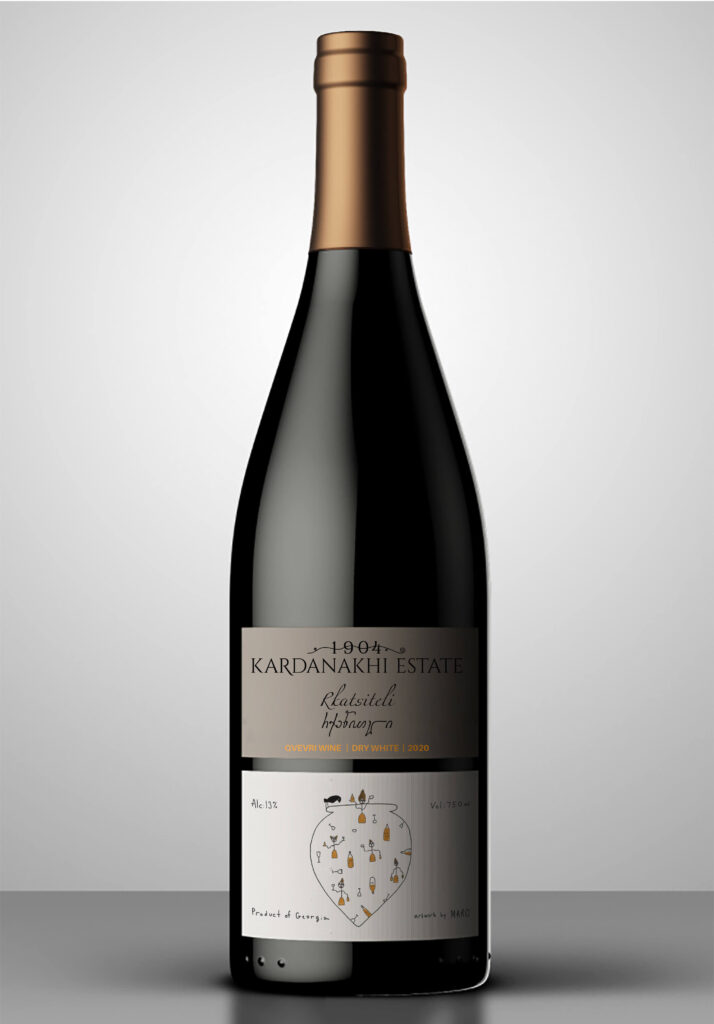
Rkatsiteli Qvevri is the flagship of Kardanakhi Estate’s amber wines, while Qvevri’s Saperavi is in red wines. The label of these wines depicts a Qvevri with dancing glasses in it. The painting technique indicates the naturalness of the Qvevri winemaking technology, i.e. the process that takes place with minimal intervention, hence outline drawing is an artistic explanation of this minimalism. Another interesting detail is the bird sitting on the top of Qvevri – Blackbird, which is distinguished from many other birds by the fact that it is a great lover of grapes, specifically grape juice. Blackbird cut the grapes and eats their pulp. At the same time, the Blackbird Singer conveys one of the peculiarities of the Qvevri – the Qvevri, especially during the primary fermentation, emits sounds – the Qvevri song, and thus the Qvevri sitting on the Qvevri is the epitome of love and Qvevri song. This label is the work of Marika Kochiashvili, a Georgian artist working in Great Britain (https://www.marikakochiashvili.com/). Marika’s illustration conveys the Georgian centuries-old tradition with a modern artistic vision, which is the idea of a Qvevri – a renewed life of the ancient tradition in modern times.
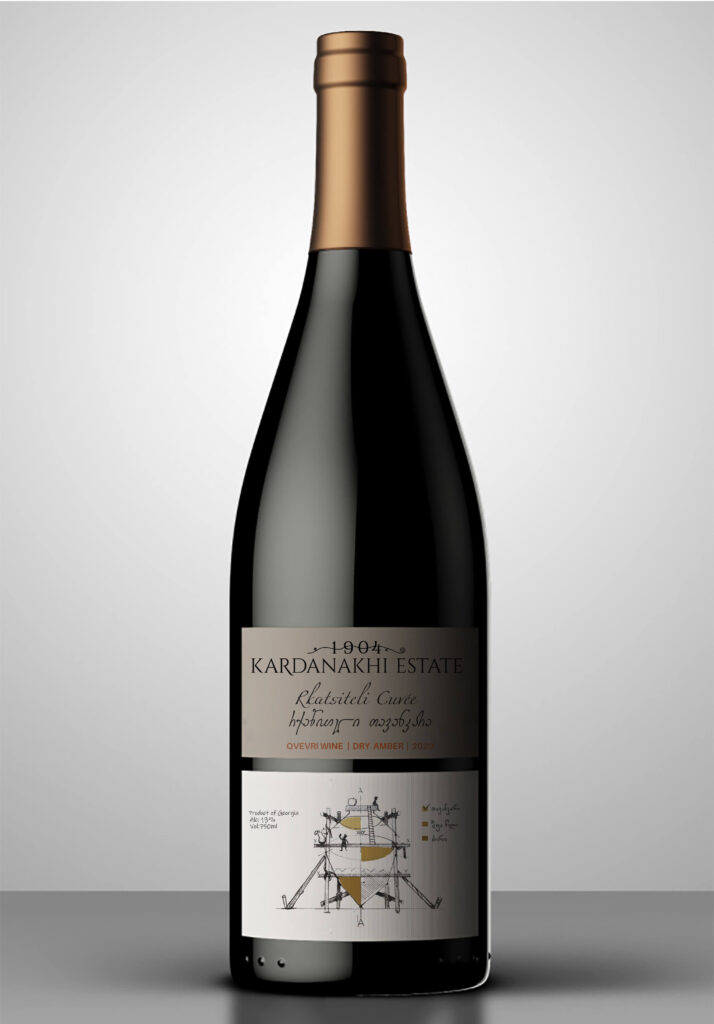
Rkatsiteli Tavankara (Cuvee) also has a Qvevri on the label, but it tells a completely different story. The essence and significance of Tavankara wine (literally: top pure wine) in the regions of Georgia, particularly in Eastern Georgia, where the traditional technology of Qvevri is widespread, is well known by the locals, although this phenomenon is less known or unknown to urban residents and especially non-Georgian consumers. Tavankara wine, as the name implies, is the purest fraction of wine from the upper part of the vessel, it naturally filters better than Qvevri’s belly and especially bottom wine – which is why it is called pure wine.
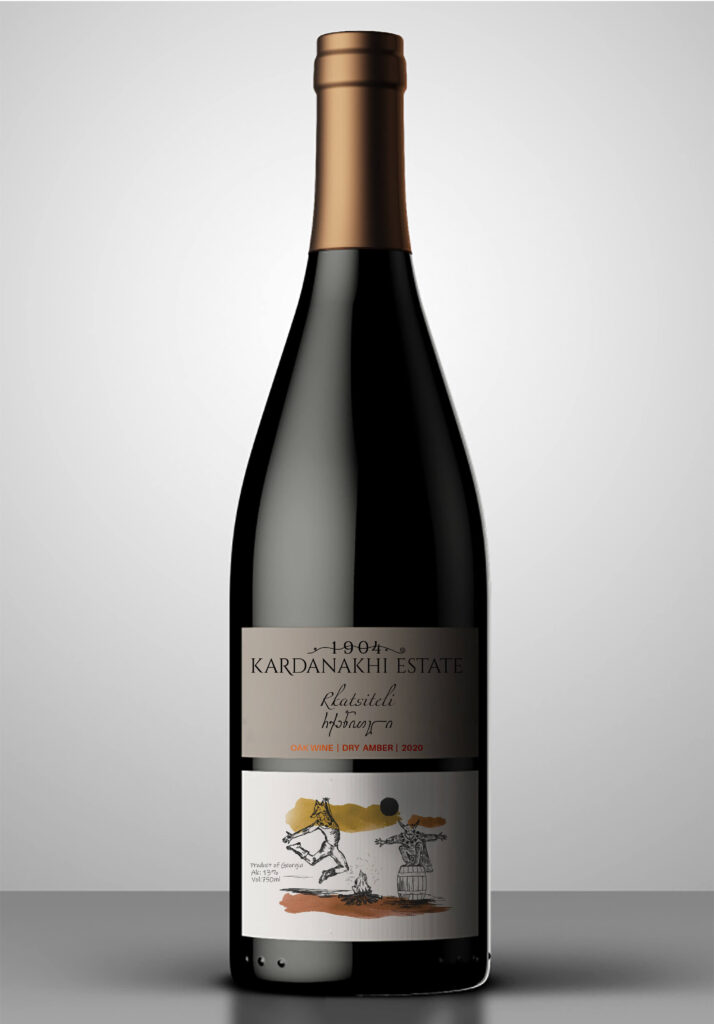
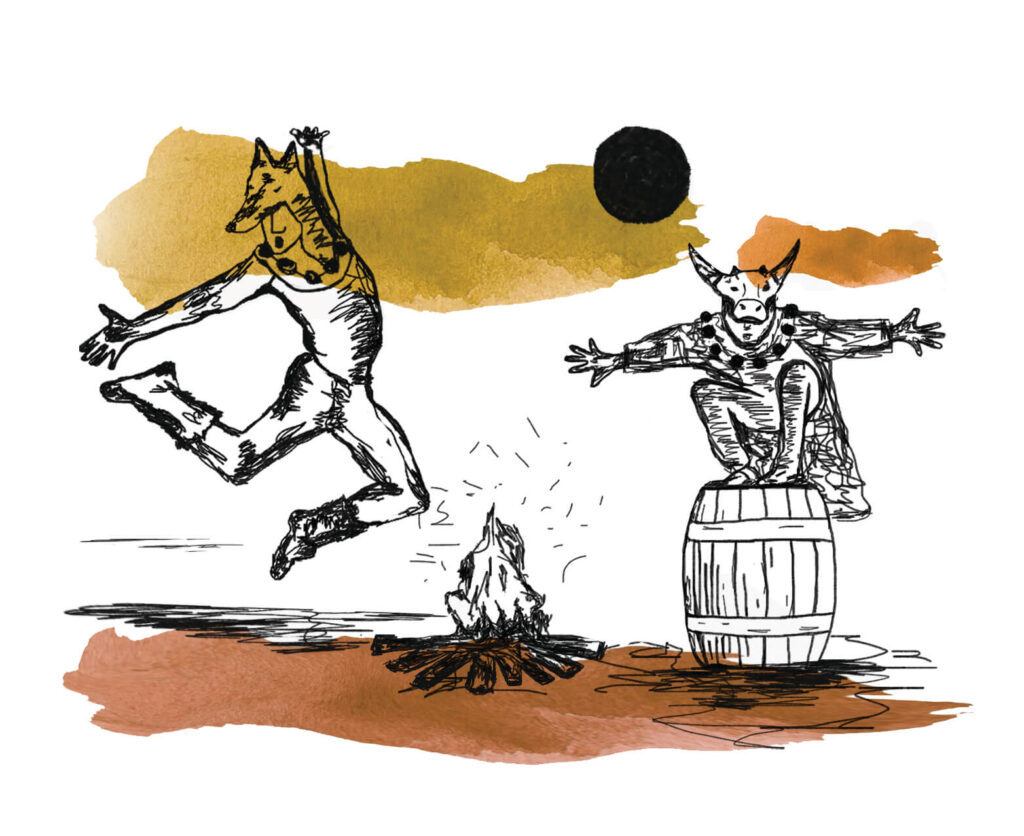
The palette on the Rkatsiteli label aged in oak barrels conveys the colors of amber wine and oak, as well as their character. The illustration depicts dancing Berikas. Berikaoba is one of the oldest Georgian folk holidays, its pagan history originates from the cult of Dionysus – the god of viticulture, winemaking, and fertility. This mystery was dedicated to fertility and renewal, though it later lost its original content and grew into a theatrical performance against the aggressors, still retaining the idea of renewal with the finale of throwing the main character into the water.
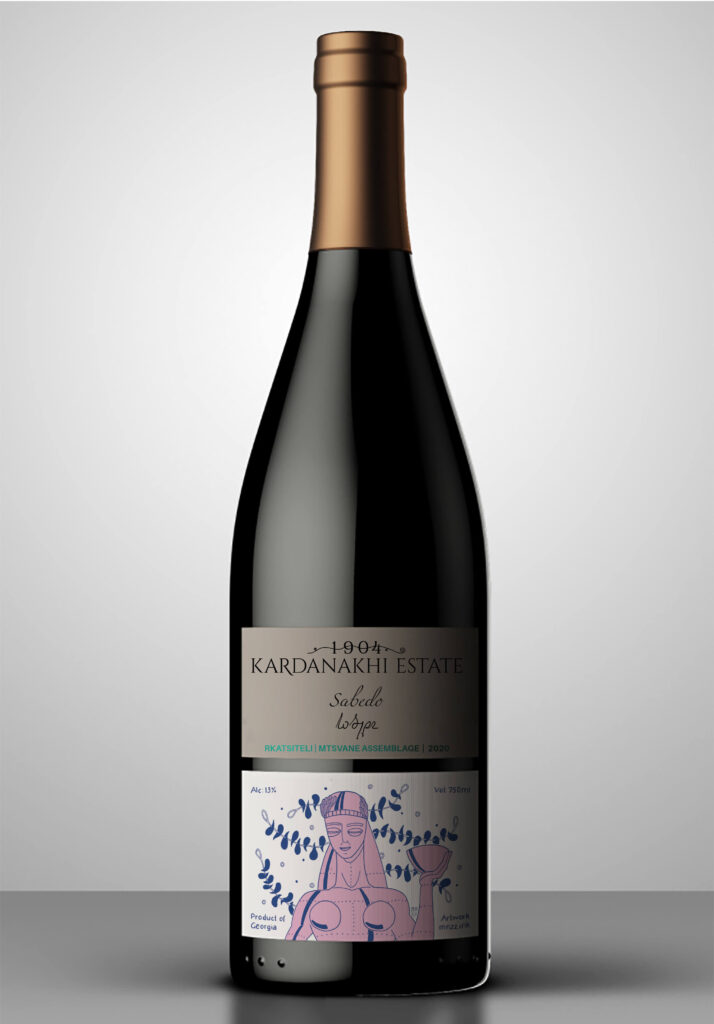
Another distinctive story is related to Kakhetian Mtsvane wine. The name of this wine – “Sabedo” responds to a significant event in the history of Georgia. In 1878, unrest in the villages of Kiziki over corruption and injustice during the rule of the Russian Empire escalated into a local uprising, one of the leaders of which was Sabedo Gulkhadarishvili, a hard-working woman from Kardanakhi, who, like all Georgians was well known of her hospitality but she had not shied away from fighting against aggressors. The same idea is expressed by the monument erected on top of Tbilisi – the Mother of Kartli who holds a cup of wine in one hand for her guests and a sword for her enemies in the other. artistically expressed Mother of Kartli is the work of a young Swiss architect Dominic Enders (https://mnzz.ink/). Dominic was traveling with his friends to Georgia and spent a few days in the Kardanakhi Estate, where he and his friends were volunteering for ongoing renovations, and this is one of the examples of works of art created in his spare time.
In the future, we will offer you many more interesting stories related to the Kardanakhi Estate.

